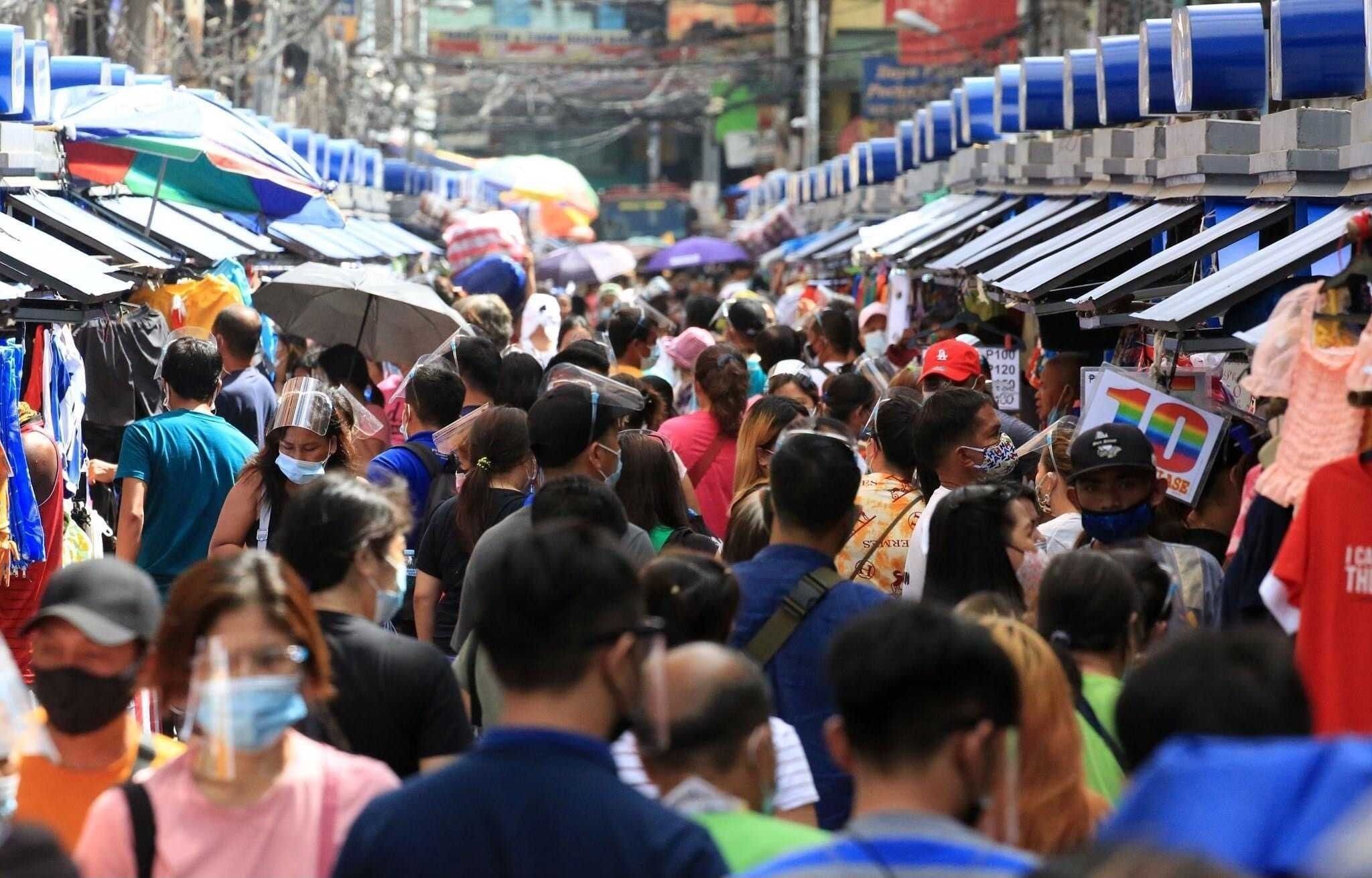Philippines ends year in pandemic with over 474,000 coronavirus infections

MANILA, Philippines — Authorities on Thursday reported 1,541 additional coronavirus cases, bringing the total to 474,064 and capping off what has been a tumultuous year for the country grappling with the public health crisis.
The health department in its daily bulletin said most of the new infections came from Quezon City with 101, followed by Baguio City with 79, City of Manila with 67, Rizal with 65 and Davao City with 59.
Some 5.3% or 25,024 are still considered active cases, or those continuing to receive treatment and are under quarantine.
Fatalities, meanwhile, are now at 9,244, as the health department logged 14 new deaths.
The number of recoveries have also increased to 439,796 after 296 more coronavirus patients got well.
Government had earlier said that it is bracing for a post-holiday surge in infections, warning that flocking to crowded places despite wearing of face masks and shields could still yield infections.
Coincientally, December 31 marks a year since Wuhan City in China began reporting cases of a SARS-like virus that was eventually discovered as a novel coronavirus.
Philippine officials reported the country's first COVID-19 case on January 30, a 38-year-old woman from Wuhan, who travelled to several locations before reporting symptoms for the deadly virus.
As other countries in the early stages of the health crisis was banning entry of tourists from China, President Rodrigo Duterte and his health chief Francisco Duque III thumbed down on implementing the said move in the Philippines, warning against what the president said was xenophobia and of repercussions in singling out Beijing.
RELATED: Duterte bans travelers from parts of China after nCoV reaches Philippines
By March 7, local transmission of the deadly virus was confirmed in the country, and almost a week later, a hard lockdown was imposed nationwide to curb its spread.
The numbers have grown since then to become the second highest in Southeast Asia, next only to Indonesia's over 735,000. In October, the Philippines' cases brought it to the Top 20 list of countries with the highest infections, but it has now found itself at the 29th spot.
Over the course of the pandemic, the Duterte administration has had to wrestle with the criticism that it has militarized its response to a health crisis, after it put retired military officials at the helm of the coronavirus task force and tasked the military and police to carry out virus-related curbs.
RELATED: 'Medical quarantine, not ECQ': Health professionals call for change in 'militaristic' lockdowns
Difficulties in testing capacity and contact tracing also marred the early stages of government's response to the pandemic, with Malacañang later on admitting that screening efforts had been slow.
Along with shunning calls for mass testing, it has also claimed that it prioritized improving tests from the start of the crisis, but months later, it is private-run laboratories still doing most of the work compared with government-run institutions.
Quarantine in the Philippines will stretch to 2021, and is considered as the world's longest, even longer than that of Wuhan's 76 days.
The country reemerged from the hard coronavirus lockdowns beginning June, as government looked to revive the economy that had plunged into recession for the first time in three decades.
More modes of transportation had been allowed since then, and capacities in business establishments increased and tourist sites reopened.
Metro Manila and nine other areas will remain under general community quarantine, while the rest of the country will be under modified GCQ.
As the world ends 2020, a global tracker has reported that over 11 billion doses of possible COVID-19 vaccines had already been secured by nations.
But at home, government's promise of inoculating 24.7 million Filipinos by early next year is facing challenges — as it has yet to sign any procurement deals with drugmakers and with the administration facing public scrutiny over its move to inoculate with the smuggled Sinopharm selected military personnel and security details of the president.
- Latest
- Trending































